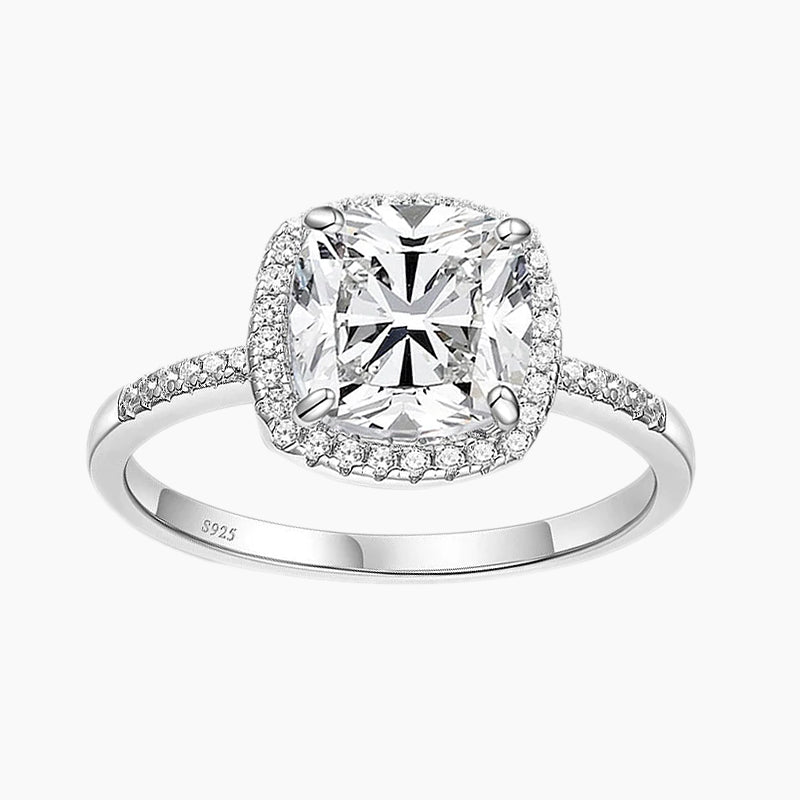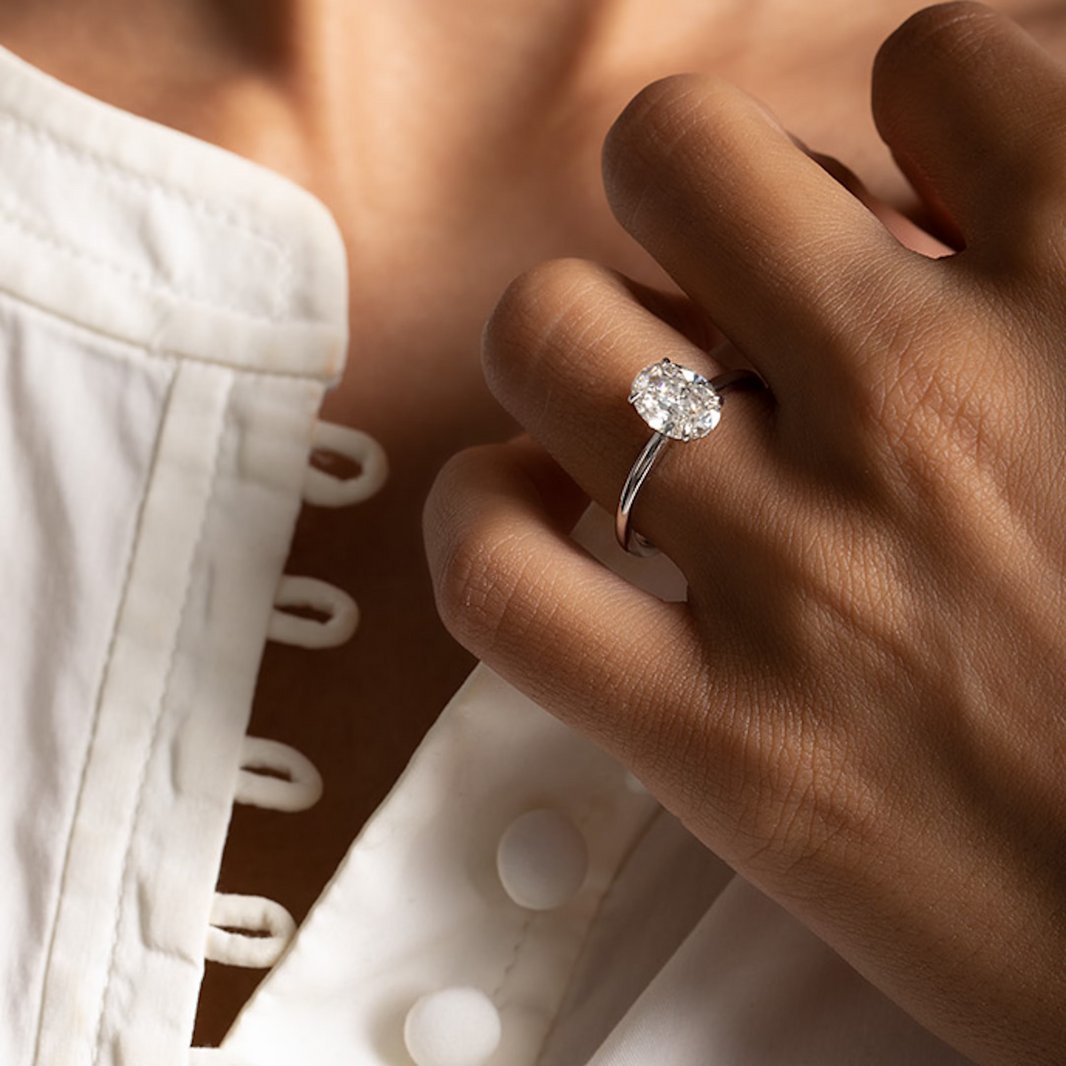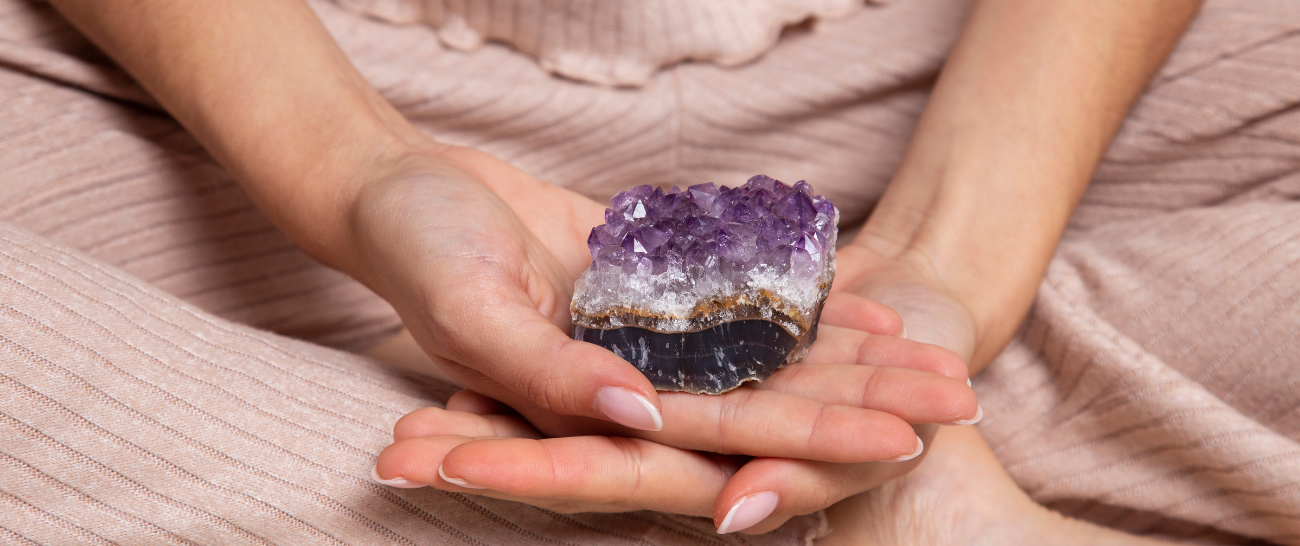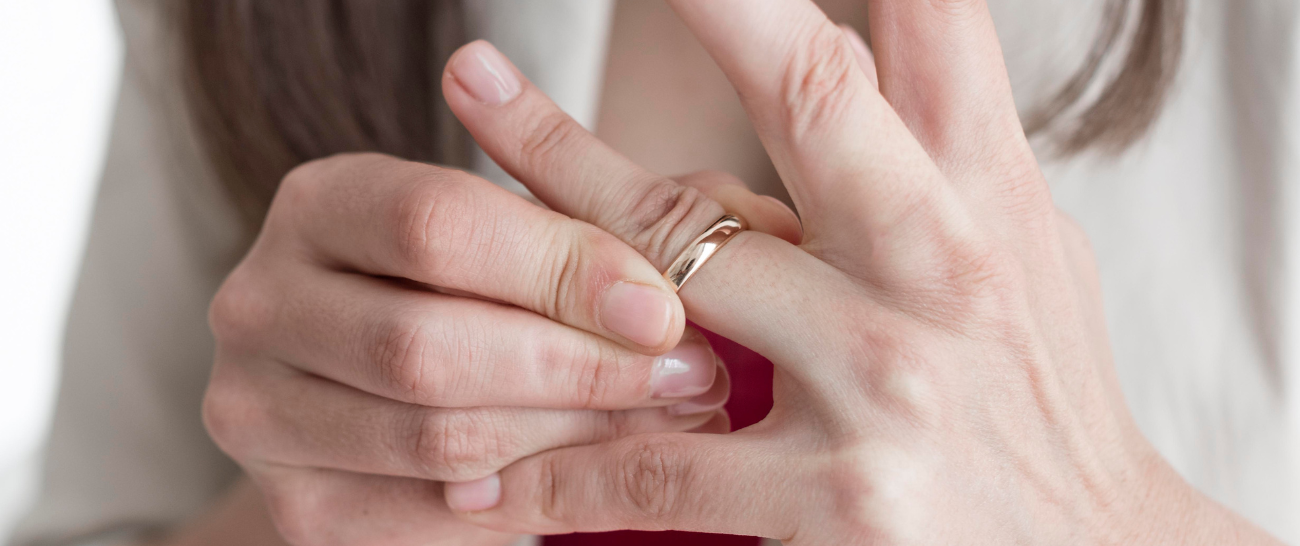Table of Contents
Introduction
Amethyst has been regarded as a "stone of wisdom" since ancient times. The ancient Greeks believed that it could enhance concentration and intuition, and symbolize calmness and balance. This thing, which was once regarded as a mysterious treasure, has quietly revived among young people in the form of rings and has become a new fashion name card. In 2025, with the resonance of metaphysical trends, design innovations and social media, it is not only a decoration in jewelry boxes, but also a carrier of emotional expression and spiritual healing. This guide will give you an in-depth analysis of the meaning of amethyst rings and how to choose a good amethyst ring.
What is Amethyst?
Amethyst is one of the most famous members of the quartz family. Its chemical composition is silicon dioxide (SiO₂). It contains trace amounts of iron (Fe³⁺) and forms a unique purple hue due to natural radiation. Its name comes from the ancient Greek word "amethystos", which means "not drunk". Legend has it that wearing amethyst can resist the temptation of alcohol. From ancient Greek temples to medieval bishops' rings, amethyst has long been a symbol of wisdom.
Amethyst is born in the cavities of volcanic or sedimentary rocks. It is slowly crystallized by iron-containing hydrothermal fluids in a low-temperature environment. The main production areas include Brazil, Uruguay, Zambia and other places. Among them, the dark purple crystals in Uruguay are regarded as top quality. The ancient Egyptians inlaid it in amulets to pray for blessings; The medieval European church used amethyst to carve holy chalices and bishop rings, symbolizing holiness and moderation.
The color of amethyst comes from the electron transition of the iron element (Fe³⁺) in the crystal structure under natural radiation, and after absorbing light of a specific wavelength, it presents a gradient from light purple to dark purple. The depth of color is affected by the following factors:
- Iron content and irradiation intensity: the higher the iron ion concentration and the longer the irradiation time, the richer the purple color;
- Heat treatment: some light-colored amethysts can be transformed into citrine after heating, but natural dark purple untreated ones are more valuable for collection;
- Two-color phenomenon: rare varieties such as "Ametrine" present a magical effect of purple and yellow interweaving due to changes in the crystal growth environment.
How to Choose the Perfect Amethyst Rings?
Ⅰ. Four core elements for evaluating the quality of amethyst
- Color: a grade code from light purple to royal purple. Top quality: deep purple (such as "Siberian purple") with a reddish and blue two-color luster, uniform tone without impurities, and the highest value. Commercial grade: medium saturation purple, slight color bands visible, suitable for daily wear. Tips to avoid pitfalls: avoid choosing crystals with gray or too light colors, which may have been dyed.
- Cut: the key to light and shadow magic. Brilliant Cut: enhances fire, suitable for amethysts with high transparency. Emerald Cut: highlights crystal clarity and color levels, common in vintage designs. Special-shaped cuts (such as teardrops and hearts): give the ring a personalized expression, but the edge symmetry needs to be checked.
- Transparency and clarity: High clarity: no obvious inclusions to the naked eye, transparent like glass when light penetrates. Natural characteristics: slight cloud-like inclusions are acceptable, but cracks or black impurities will greatly reduce the value.
- Carat weight and proportion: For daily wear, a 3-5 carat main stone is recommended to balance visual effects and practicality. For large carat amethyst (over 10 carats), beware of the risk of synthetic or spliced stones.
Ⅱ. Style selection guide to match personal style
- According to hand shape and skin color: Slender fingers: suitable for exaggerated designs, such as oval main stones + "halo models" with pavé colored gems. Round hands: choose vertical line designs (such as marquise cut) or V-shaped ring settings to visually lengthen the proportions. Cold white skin: match with silver-white metal (platinum/white gold) to highlight the cool tone of amethyst. Warm yellow skin: rose gold ring settings can enhance the warmth of purple.
- Design style and daily matching: Minimalism: single pillow-shaped amethyst + 18K gold plain ring, suitable for workplace and casual wear. Retro luxury: Victorian-style carved ring arms + retro-cut main stones, suitable for banquets and important occasions. Spiritual theme: open rings that incorporate chakra symbols or constellation elements attract energy healing enthusiasts.
- Metal material and durability: 18K gold: high hardness, strong oxidation resistance, can be inlaid with complex designs. Rhodium-plated sterling silver: cost-effective choice, but requires regular maintenance to prevent oxidation and blackening. Titanium: lightweight futuristic design, suitable for men or neutral style.
Caring for Your Amethyst Ring
The beauty of amethyst rings requires scientific maintenance to keep them looking new. Its Mohs hardness is 7 (between steel and teeth), and although it is wear-resistant, it still needs to be protected from severe collisions and chemical erosion. The following is a comprehensive analysis of the key points of maintenance, from wearing habits, cleaning techniques to storage methods.
- Avoid "high-risk scenarios": Chemical contact: hand sanitizer, perfume, and swimming pool chlorine water will corrode the metal of the ring or erode the surface gloss of amethyst. Physical impact: take off the ring when exercising or doing housework. High temperature environment: Amethyst is easy to fade when exposed to high temperatures.
- Safe cleaning method: Pretreatment: Use a soft-bristled brush to gently sweep the dust from the ring setting. Soaking: Warm water + neutral detergent, soak for 5 minutes. Rinse: Rinse with running water. Drying: Use microfiber cloth or cotton swab to dry.
- Contraindications: ❌ Ultrasonic cleaner (may cause cracks to expand or claws to loosen), ❌ Toothpaste, alcohol, white vinegar (containing abrasive particles or acidic ingredients)
Top Trending Styles of Amethyst Rings in 2025
February Amethyst Stone Ring: The amethyst is cut into polyhedrons, matched with the luster of the metal ring arm, imitating the alien terrain. Some styles are embedded with luminous resin, which emits a faint light in the dark, echoing the theme of "cosmic exploration".
Half Eternity Stackable Amethyst Ring: The 925 silver ring is specially forged to present a sense of melting and flowing, the amethyst is suspended in the "metal waves", and the edge is decorated with a purple-pink gradient effect created by low-temperature enamel, which increases the conversion rate of young groups by 37%.
FAQs about Amethyst Rings
- Which zodiac signs are suitable for Amethyst Rings? Aquarius, Pisces, Sagittarius. In Chinese metaphysics: Tiger, Horse, Dog benefit from amethyst's fire element. Also suitable during Nine Purple Li Fire Year (2024–2043).
- How to distinguish true and false amethyst rings? Natural amethyst shows gradient color, feels cool, no UV fluorescence. Fake ones are dyed or synthetic, sometimes fluorescent.
- Is the amethyst ring suitable for daily wear? Yes for office, social, light activity. Avoid gym, sauna, swimming.
- Will amethyst fade due to wearing? Natural amethyst does not fade under normal use but avoid long sun exposure. Treated ones may fade or bleed dye.
- Can amethyst rings be worn in the shower? Not recommended! Shower gel erodes metal, hot water enlarges cracks, bubbles may cause the ring to slip.









